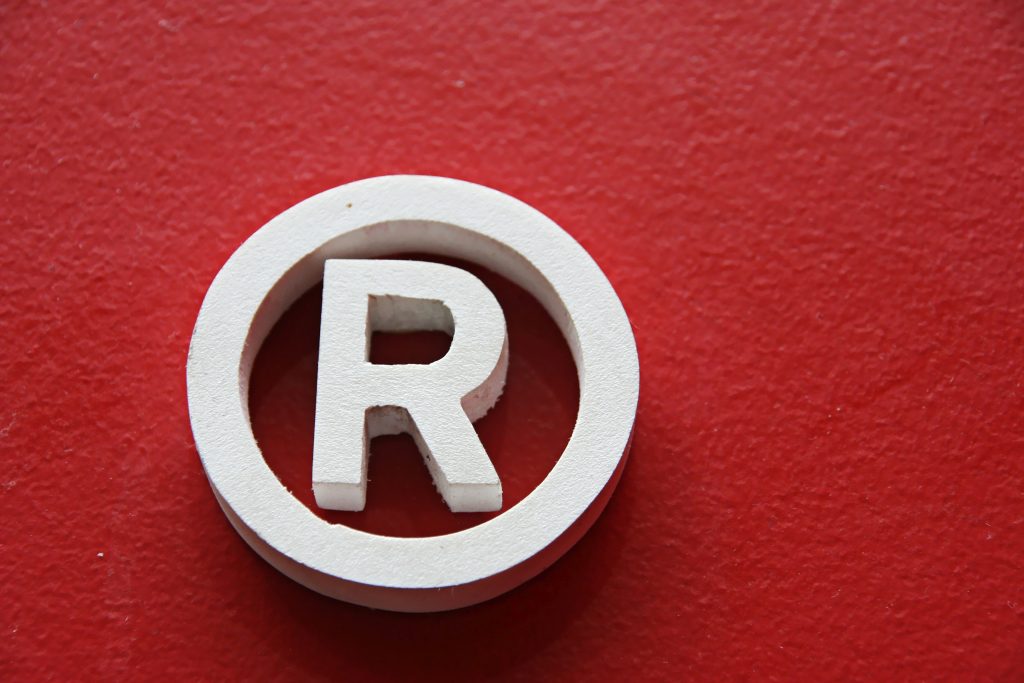Trademarks Are Valuable Intangible Assets Requiring Protection
A trademark is any recognizable sign, design, expression or other “device” (or any combination of the forgoing) that identifies products or services of a particular source from those of others. Since the essential function of a trademark is to exclusively identify the commercial source or origin of products or services, a trademark serves as a “badge of origin.” Trademarks, and the goodwill they represent, are intangible assets and can be enormously valuable to the companies that own them.

Generally, trademark rights accrue with use of the actual mark; as such, they are rightfully owned by the party first using it for the respective goods and/or services. This principle has long been recognized at common law and is often referred to as “superior rights.”
Since trademark rights accrue with use as a matter of common law and are statutorily recognized under the federal Lanham Trademark Act, see, e.g., 15 U.S.C. §1125 (civil liability for false designations of origin, importation, false descriptions, and dilution of marks), one may question why time and expense should be expended towards registering a mark with the United States Patent and Trademark Office (the “USPTO”). In short, registration of a trademark with the USPTO confers substantial benefits and legal presumptions under the law, as specifically set forth in the Lanham Act.
While registration is not required to maintain ownership in a trademark, the benefits conferred by federal registration are numerous and significant – so much so that registration alone increases the value of the trademark, in addition to the goodwill it represents, thereby increasing its value as an asset of the business.
While there are differences between the Principal and Supplemental Registers of the USPTO – a topic that I will address in at least one future post – registration of trademarks and service marks with the USPTO generally confers the following benefits (among others) to the registrant of the mark:
- Use of the ® symbol to denote federal registration (the ™ symbol is to be used for marks not registered). 15 U.S.C. §1111.
- The registration is prima facie evidence of the validity of the registered mark, of the registrant’s ownership of the mark, and of the registrant’s exclusive right to use the registered mark. 15 U.S.C. §1115.
- The registration is constructive notice of a claim of ownership, eliminating any justification or defense of good faith adoption and use made after the Registration date. 15 U.S.C. §1072.
- Original jurisdiction in the federal District Courts for trademark infringement actions. 15 U.S.C. §1121.
- Original jurisdiction in the federal District Courts for claims under state common law for unfair competition when they are joined with a substantial and related claim under the Lanham Act. 15 U.S.C. §1121.
- Monetary remedies as provided by the Lanham Act, including infringer’s profits, damages, and costs, and in appropriate cases, treble damages and attorney’s fees. 15 U.S.C. §1114 and 15 U.S.C. §1117.
- The registrant may seek to have the registration made incontestable after five (5) years of registration on the Principal Register by filing of the appropriate affidavit or declaration of continuous use. 15 U.S.C. §1065. Incontestability status is conclusive evidence of the registrant’s exclusive right to use the mark, subject to certain statutory defenses. 15 U.S.C. §1115. Incontestability is not available to Supplemental Register registrations. 15 U.S.C. §1094.
- The registration may be used as a basis to obtain registration in foreign countries. 15 U.S.C. §1141a.
- The registration may be filed with U.S. Customs Service to prevent importation of infringing foreign goods. 15 U.S. Code § 1124; see also 15 U.S. Code § 1096 (Registration on supplemental register not used to stop importations).
While registration is not required to maintain ownership in a trademark, the benefits conferred by federal registration are numerous and significant – so much so that registration alone increases the value of the trademark, in addition to the goodwill it represents, thereby increasing its value as an asset of the business. If and when it comes time to sell the business, registered trademarks will noticeably increase the value of the company and comprise significant assets in the business’s intellectual property portfolio.


